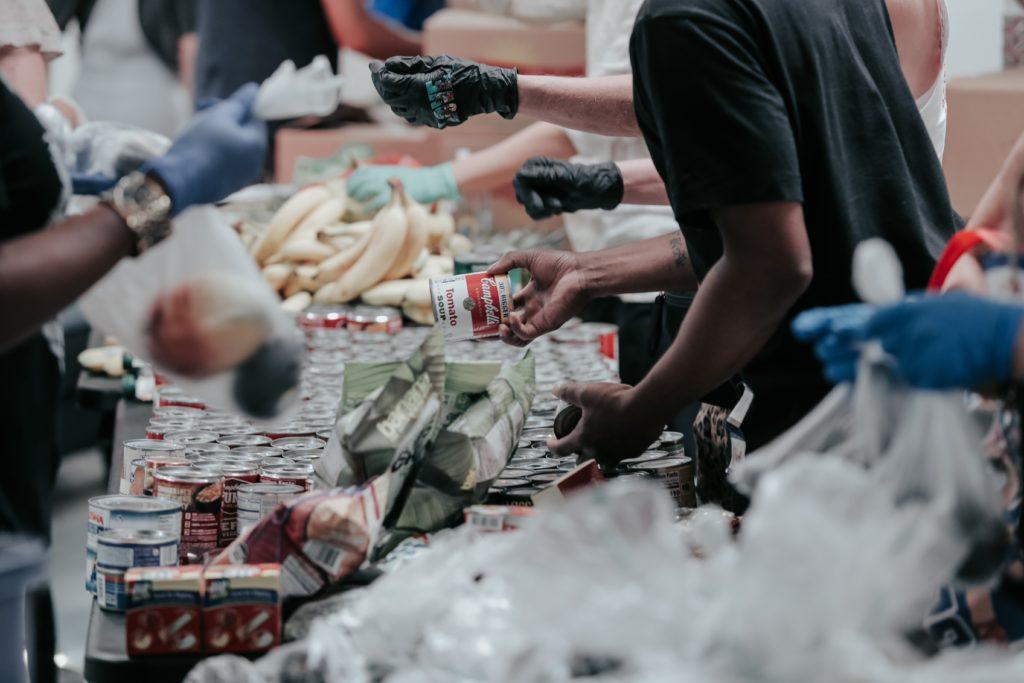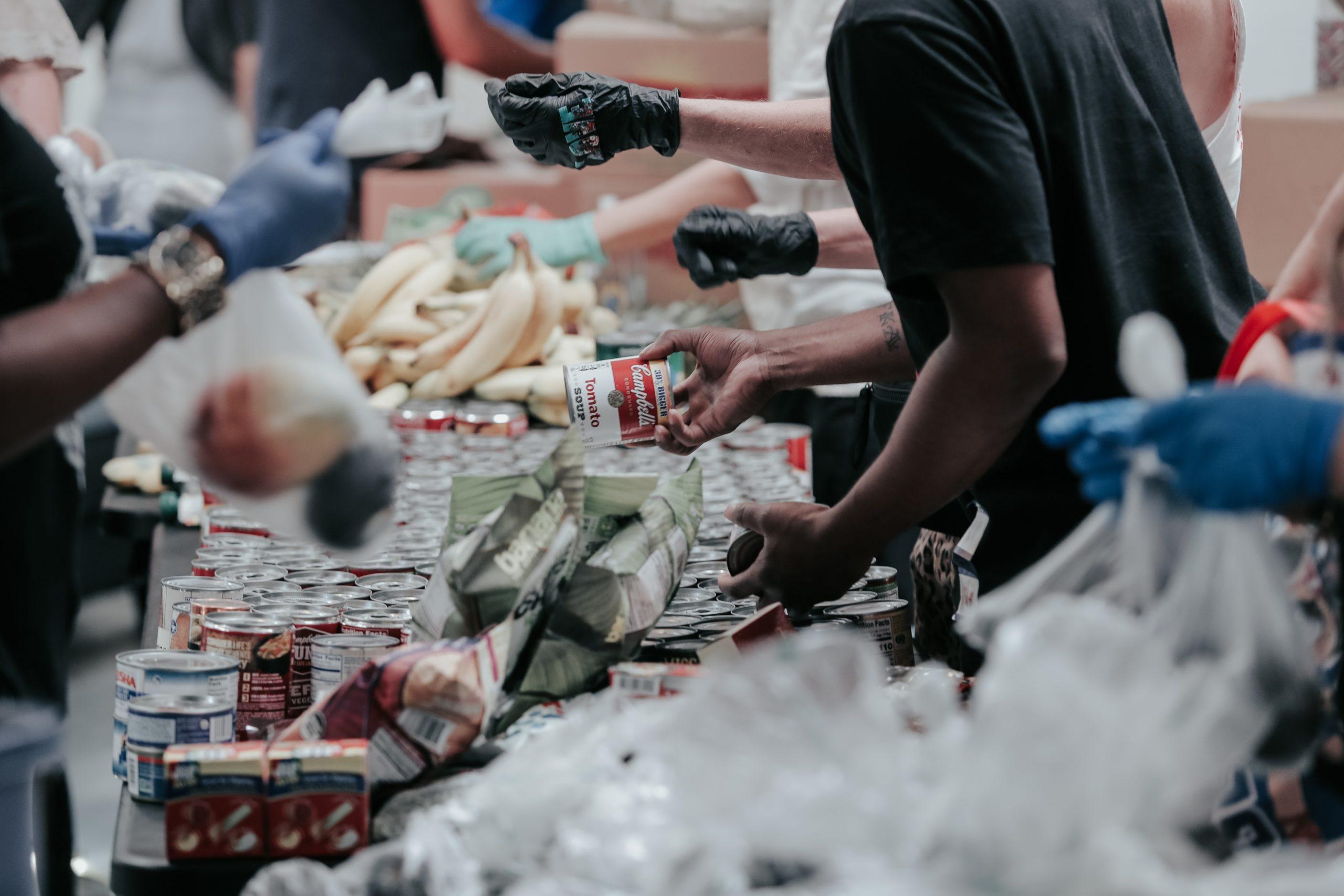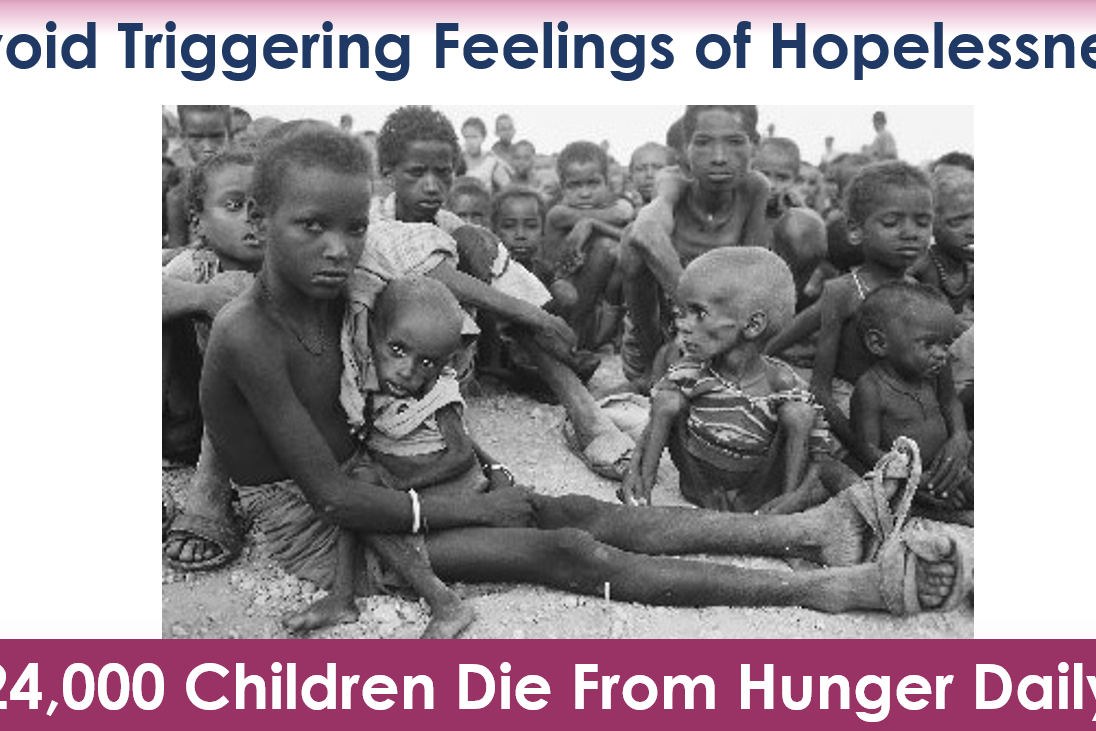The True Meaning of Giving Tuesday
 This year Giving Tuesday is November 29th. So, soon.
This year Giving Tuesday is November 29th. So, soon.
Now is a good time to think about whether or not you want to jump on the bandwagon and, if so, how. There is more than one way to slice this particular piece of pie. And, really, that’s what Giving Tuesday is – just one piece of your total annual fundraising strategy.
You don’t want to blow it out of proportion. But you probably don’t want to ignore it. Rather, plan ahead to put it into a context where it will complement your other year-end communications and fundraising strategies.
Let’s take a closer look.
What is Giving Tuesday?
I confess I’ve been a bit of an apologist for the “holiday.” I like to turn the tables by actually giving to donors, rather than asking them to give yet one more time during this busiest fundraising time of the year.
Plus, I often say if you want gifts, you must give them. What better time to do so than on giving Tuesday?
Of course, asking can also be a form of giving. So, I love appeals on this date that give people the option of giving money or supporting you in other ways.
It’s all philanthropy (aka “love of humanity”).



 Fundamentals are important! Before writing your appeal, it’s good to remind yourself of the basics to make sure you’ve got all bases covered. Look at the elements you want to include; make sure you’re applying them. In this two-part series, I’m calling out eight appeal writing fundamentals. In
Fundamentals are important! Before writing your appeal, it’s good to remind yourself of the basics to make sure you’ve got all bases covered. Look at the elements you want to include; make sure you’re applying them. In this two-part series, I’m calling out eight appeal writing fundamentals. In